Text

Another example of the soul effigy on a white marble gravestone. Marble was plentiful in Vermont so many of the gravestones from this period were made from it.
Bennington VT 2016
9 notes
·
View notes
Text
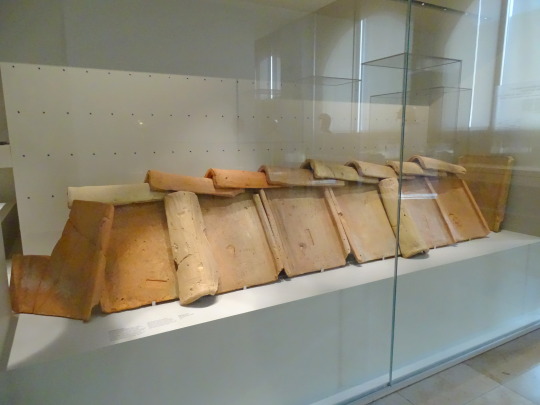
A burial covered with roof tiles (complete with paw marks from a dog) from a Late Roman cemetery in Rheinzabern, Rhineland-Palatinate.
Germanisches Nationalmuseum. Nuremberg, Germany 2023
#ancient rome#germania#burial#tomb#original photography#cemetery#photography#taphophile#taphophilia#photographers on tumblr#tombs#lensblr#late antiquity#germany#deutschland#rhineland#ancient history#ancient roman#artifact#nuremberg#museum#wanderingjana
1 note
·
View note
Text
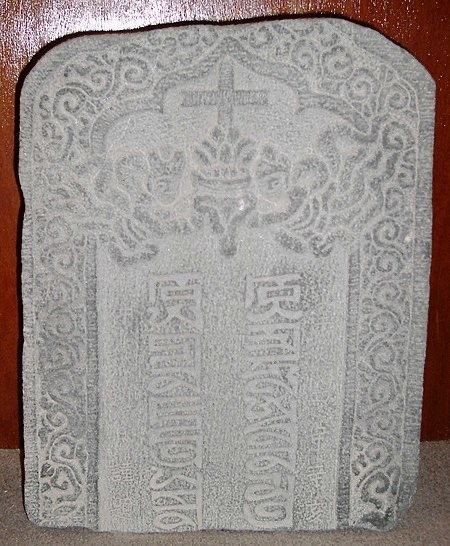


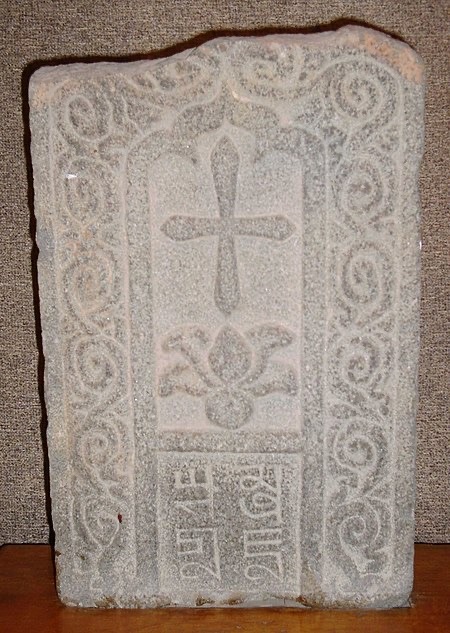
Nestorian tombstones found in Quanzhou, China with carvings of the cross rising from a lotus and inscriptions of the name of the departed individual as well as the individual’s birth year and it’s corresponding Chinese zodiac.
64 notes
·
View notes
Text

Kaskaskia was founded in 1703 as a French settlement between the Kaskaskia and Mississippi Rivers. In the 1880s, the Mississippi River decided to change its course to the Kaskaskia River bed, causing the town to slowly fall into the river. Over 3,000 burials were relocated before the original settlement of Kaskaskia went down the river. Today, Kaskaskia is a small relocated settlement on an island on the Missouri side of the Mississippi River.
Garrison Hill Cemetery, Fort Kaskaskia State Historic Site, Illinois. 2022
For more on Kaskaskia:
#kaskaskia#illinois#weird history#american history#cemetery#fort kaskaskia#original photography#tomb#photography#taphophile#taphophilia#lensblr#photographers on tumblr#tombs#tombstones#gravestones#graveyard#wanderingjana
0 notes
Text

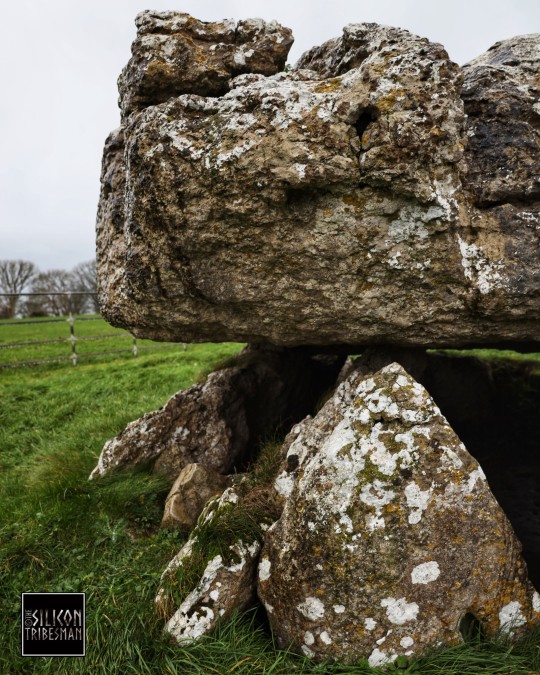



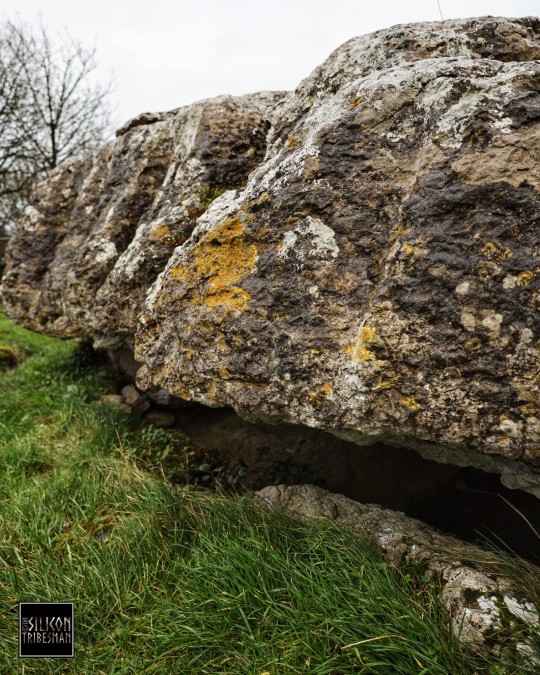

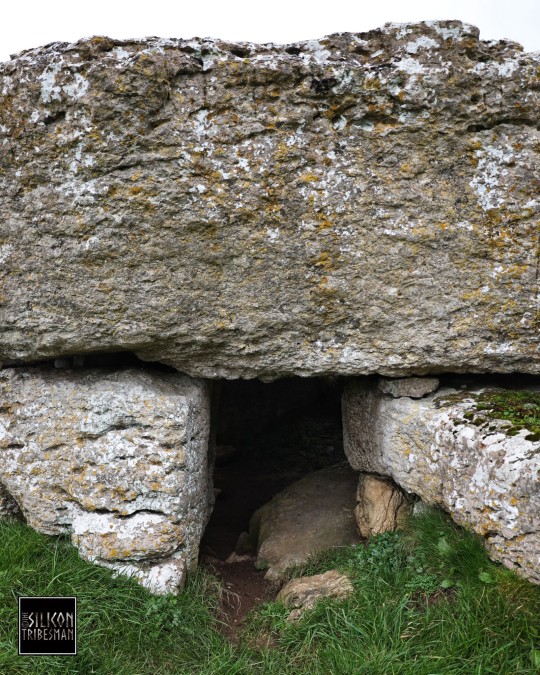

Lligwy Neolithic Burial Chamber, nr. Moelfre, Anglesey, Wales
109 notes
·
View notes
Text

Cimitero di Sant'Anna. Trieste, Italy
2017
#cemetery#trieste#italy#italia#tomb#original photography#photography#taphophile#taphophilia#lensblr#photographers on tumblr#tombs#scuplture#wanderingjana
2 notes
·
View notes
Text
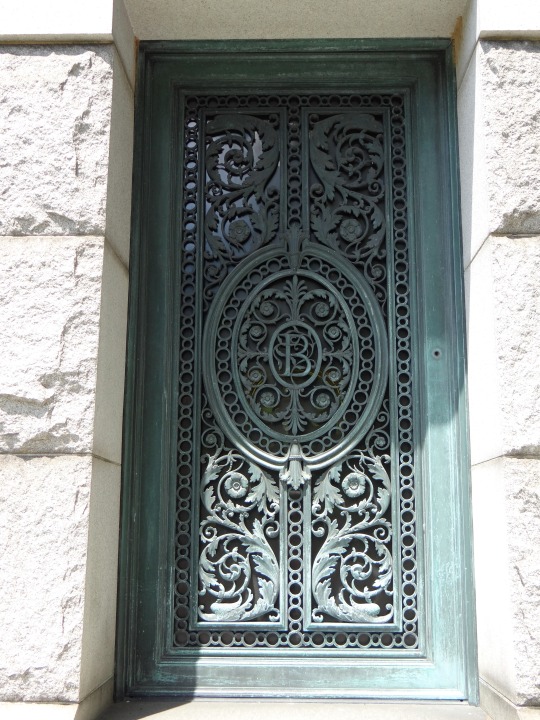
Mausoleum door in Green-wood Cemetery, Brooklyn
Check out Green-wood Cemetery:
34 notes
·
View notes
Text

Bonaventure Cemetery.
Savannah, Georgia
April 17, 2024
#cemetery#bonaventure cemetery#tomb#original photography#photography#taphophile#taphophilia#Georgia#Savannah#lensblr#photographers on tumblr#tombs#landscape photography#landscape#wanderingjana
53 notes
·
View notes
Text
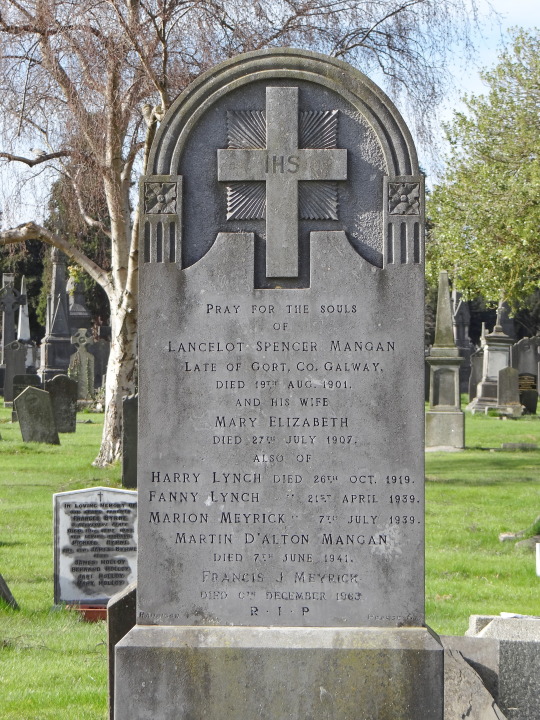
Tomb of Lancelot Spencer Mangan
Glasnevin Cemetery. Dublin, Ireland
March 2016
#cemetery#glasnevin cemetery#glasnevin#ireland#original photography#photography#taphophile#tomb#taphophilia#lensblr#photographers on tumblr#tombs#dublin#tombstone#wanderingjana
6 notes
·
View notes
Text

Mummy portrait (wax encaustic on sycamore wood) of a girl, from the Fayum region of Egypt. Artist unknown; ca. 120-150 CE (reign of Hadrian or Antoninus Pius). Now in the Liebieghaus, Frankfurt am Main, Germany. Photo credit: Carole Raddato.
2K notes
·
View notes
Text
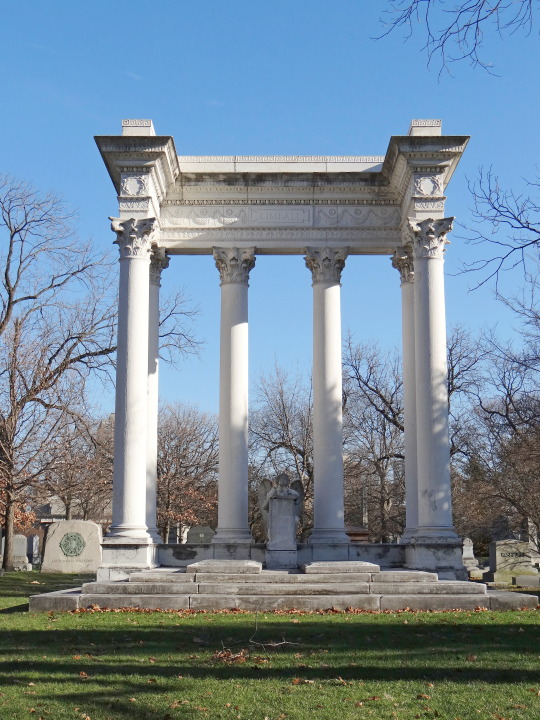
Graceland Cemetery. Chicago, Illinois.
#graceland cemetery#chicago#illinois#cemetery#tomb#original photography#photography#taphophile#taphophilia#lensblr#photographers on tumblr#tombs#sculpture#tombstone#wanderingjana
23 notes
·
View notes
Text

A very impressive and unique tomb built by Theoderic the Great in 520 CE. He was one of the Gothic conquerors of Ravenna, Italy. His body is no longer there. It was removed by the Byzantines who conquered the city from the Goths.
65 notes
·
View notes
Text

Gigantic mausoleum. Bellefontaine Cemetery, St. Louis
#cemetery#tomb#original photography#photography#taphophile#taphophilia#lensblr#photographers on tumblr#tombs#mausoleum#st louis#bellefontaine cemetery#missouri#architecture#wanderingjana
5 notes
·
View notes
Text

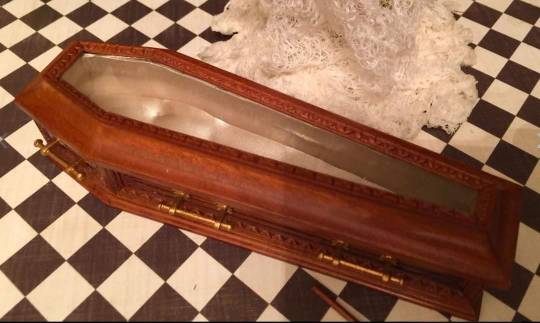


Toy casket and bisque doll. Gotta love these Victorian funeral toys
225 notes
·
View notes
Text

Cat Coffin
Egyptian, Late Period-Ptolemaic Period (664–32 BCE)
Ancient Egyptians dedicated animal coffins like this wooden example in temples, tailoring the enclosed mummified animal to one that had a specific connection with the deity whose favor was sought. The mummified animal’s soul acted as a messenger between the human and divine realms, seeking resolution to issues such as illness or crimes committed against its dedicator. The feline form of this empty coffin suggests that it was presented to Bastet, a goddess revered for her motherly qualities who often assumed the form of a cat or cat-headed woman.
81 notes
·
View notes
Text
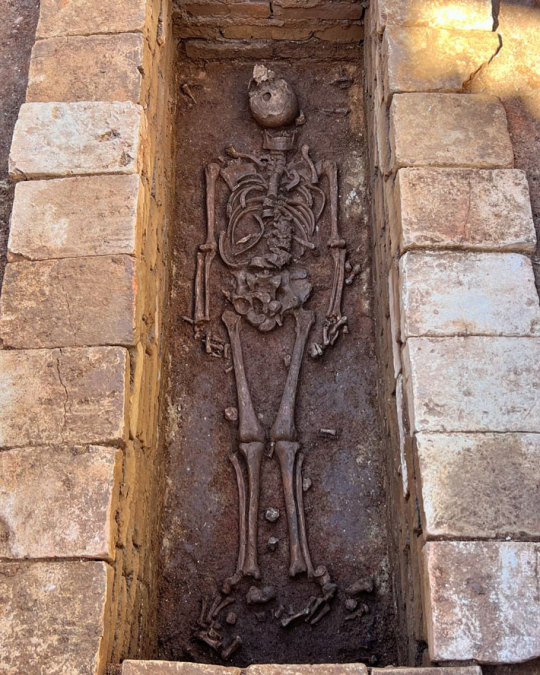
Three Roman Graves Uncovered in Portugal
Three burials dating to the 5th or 6th century AD have been unearthed in the ancient Roman city of Ossónoba in Faro, southern Portugal.
The Ossónoba’s first archaeological evidence dates back to the 4th century B.C., when the Phoenicians settled in the Western Mediterranean. The city was then called Ossónoba From the 2nd century B.C. until the 8th A.D. the city was under Roman and Visigoth dominance being afterwards conquered by the Muslims in 713.
A team of archaeologists from ERA Arqueologia discovered ancient Roman structures and the remains of a man, woman, and child while conducting excavations over a 5,000 square meter area that will eventually house a real estate development.
The excavations, which took place before a construction project, revealed the grave of a man whose skeleton was complete and who would have been between 39 and 45 years old, as well as a young woman under the age of 25, and a baby who would have been no more than six months old, according to archaeologist Francisco Correa.
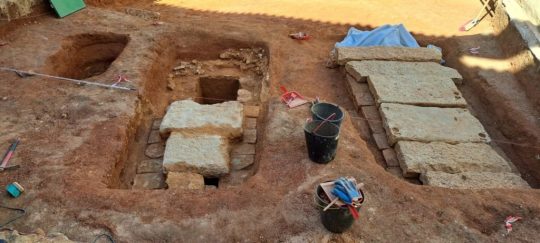
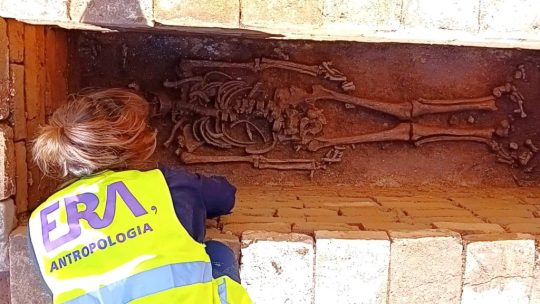

Francisco Correia, the project’s head archaeologist, said in a statement that the discoveries were made in an old truck repair workshop and are believed to date from the 5th or 6th century.
The tombs appear to have been looted in the past to steal “small bracelets, necklaces, and rings,” according to anthropologist Cláudia Maio. The tombs indicate that the people may have had “some economic status” as they were not simply placed in open graves but instead buried in carefully built graves.
The proximity of the three people’s graves seems to indicate that they were family members, though the team cannot be certain of that. “But we cannot say anything for sure,” the anthropologist said.
To learn more, the researchers hope to be able to provide more precise answers through DNA tests and isotopic analysis techniques used to determine population movements and dietary habits from chemical traces in ancient human remains.
This latest archaeological discovery did not come as a surprise to archaeologists, who had already led similar works which resulted in the discovery of a Roman game artifact believed to date back to the first century AD in 2020.

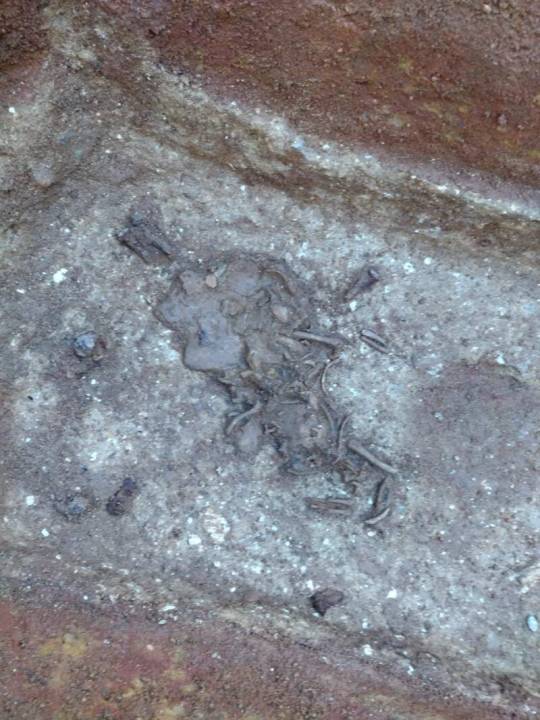

“We know that we are in an area with archaeological potential where there is a 17th-century convent (of Santo António dos Capuchos) to the west, and to the east lies the area where the mosaic of the Ocean God (Deus Oceano), now a national treasure, was found,” he said.
What did come as a surprise to archaeologists was the location of the tombs.
“Based on previous studies, this would have been an area that was possibly residential or more linked to industrial activities. There are many traces of salterns. Largo da Madalena would have been the entrance to the urban area of the city of Ossónoba. The identified graves are in the Figuras area, near Teatro Lethes, close to the Ermida de São Sebastião and the Pavilion of Escola D. Afonso III. This area is almost within the urban fabric,” the archaeologist explained, adding that this illustrates both the “growth and decline of Ossónoba.”
The graves of the man and the woman “were sealed with limestone slabs,” believed to be reused parts from “some of the most emblematic buildings that would have been here in the area,” he believes.
According to the project manager of ERA Arqueologia, who was co-responsible for the work, in addition to the graves, hundreds of small pieces were also discovered which suggest that there may also have been a mosaic there.
The researchers also recovered Roman artifacts in the area, including ceramics, bone dice, nails, pins, a spoon, possible evidence of a dye factory, and coins minted during the reign of Constantine the Great, between A.D. 306 and 337.
Cover Photo: Roman mosaic of the god Oceanus, part of the ancient city of Ossónoba, the modern town of Faro, in Portugal.
By Leman Altuntaş.
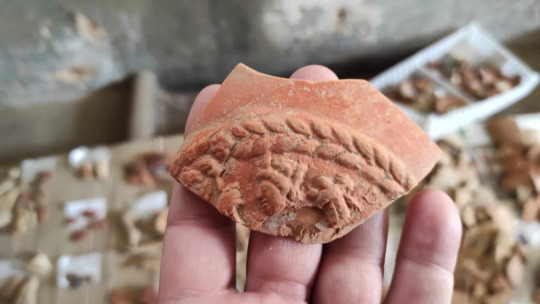

102 notes
·
View notes
Text

Cuthbert Kirkyard
Edinburgh, Scotland
#edinburgh#scotland#kirkyard#cemetery#tomb#original photography#photography#taphophile#taphophilia#lensblr#photographers on tumblr#tombs#urban exploration#city photography#wanderingjana
9 notes
·
View notes